Evolution of Obwa Kyabazinga Bwa Busoga
The Busoga Kingdom is reigned over by His Royal Highness the king, addressed by the title Isebantu Kyabazinga of Busoga. This title is also a symbol of unity – “the uniting father of all people”.
The reigning king is His Highness Isebantu William Kadhumbula Gabula Nadiope IV, the Gabula of Bugabula.
Currently (2022), the Katukiro (Prime Minister) of Busoga is Dr Joseph Muvawala. The office of the Katukiro in the kingdom is highly regarded. The Katukiro is the head of the kingdom’s government and the spokesperson for the Kyabazinga and the kingdom.
The chiefdoms that were combined to create a unitary Busoga government consist of 11 traditional chiefdoms headed by 11 hereditary chiefs. The capital of these chiefdoms is Bugembe, near Jinja, the industrial and economic hub of Busoga.
The Busoga Royal Council is composed of the 11 traditional leaders of Busoga: the heads of the five royal families and the six tribal chiefs.
Obwa Kyabazinga bwa Busoga has evolved over years, and each Kyabazinga who has presided over Busoga has added a piece to the process.
Sir Harry Hamilton Johnston (1899-1901)
In 1906, a Muganda ex-soldier and a British cadre, Semei Kakungulu, was nominated as “president’ of the “Lukiiko” of the Busoga region, to organize the new administrative structure.
The British Special Commissioner to Uganda, Sir Harry Hamilton Johnston, had visited Kakungulu in 1901 to seek aid in subduing the Lango region in Northern Uganda and suppressing the Sudanese soldiers serving in the British army who had rebelled against their officers. In return, Kakungulu asked the British Government to formally recognise him as king.
Kakungulu and everything he represented were frowned upon in Busoga. He was looked at and known as the “African Colonialist”, a British colonial machine, a symbol designed to enforce bondage and exploitation in Busoga.
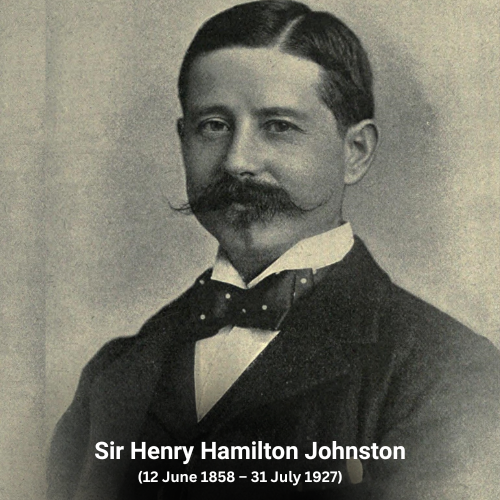
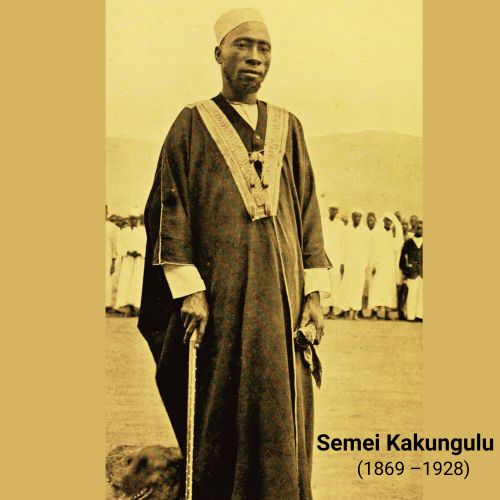
Kakungulu, who managed to rule for eight years (1905-1913), wasn’t supported as he wished and eventually fell out with the British. As a result, Sir Robert Thorne Coryndon, a powerful British colonial administrator who later presided over the colonies of Uganda and Kenya, ordered Kakungulu to be dismissed for disobeying the British Crown.
The British administrator might have been in favour of creating a king in Busoga as a matter of general policy but not for the reasons that Kakungulu had in mind. At this point, Kakungulu was not as useful to them as he once was, and he wasn’t growing any younger or stronger.
To avoid unnecessary friction, the British colonial leaders summoned the six Busoga chiefs to Bugembe to come up with a substantial, more agreeable alternative – and most probably appoint one of them as Kyabazinga.
All the chiefs were opposed to one of them becoming Kyabazinga.
However, to strike a compromise with the powerful colonial state, the chiefs reached an understanding to appoint Ezekiel Wako, the leader of the newly established chiefdom, Bulamogi, as the Kyabazinga of Busoga.
The chiefs also suggested and opted for a permanent leadership position instead of a short-term contract. The British came to terms with this and soon realized that it would be a better way forward, as it would alleviate the negative tension that had engulfed every sector.
Prince Yosia Nadiope
Immediately, the British colonial rulers started to groom Prince Yosia Nadiope, the Gabula of Bugabula, to become the first permanent resident ruler of the Busoga Federation. Nadiope had been one of the first Musoga students to study at Kings College Budo, in 1906.
However, another catastrophe struck in 1913 when Nadiope died of malaria. The following year, 1914, Ezekiel Wako, Zibondo of Bulamogi, was completing his studies at Kings College Budo. With the support of the British, his background as a prince, Zibondo of Bulamogi, and with a good educational background supporting his stature, he was a suitable candidate for the post.
In 1919, the hereditary Saza chiefs resolved, in the Lukiiko, to elect Ezekiel Tenywa Wako as president. Sir William Wilberforce Nadiope Kadhumbula was still an infant.

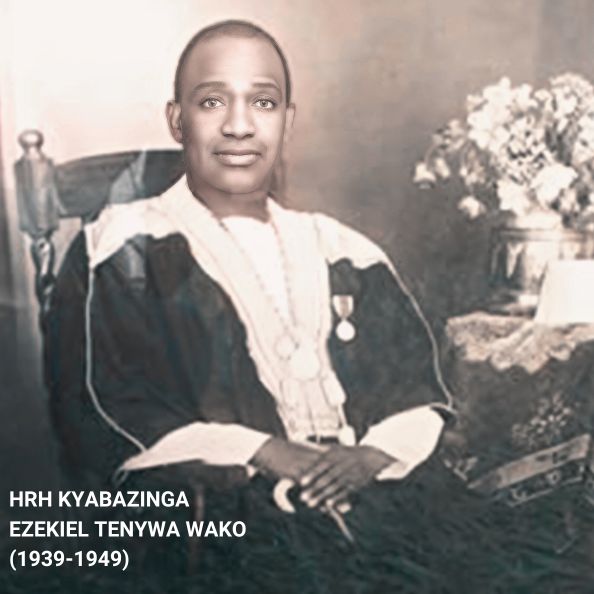
In 1925, he became a member of the Uganda Kings Council consisting of Omukama of Bunyoro, Omukama of Tooro, Kabaka of Buganda, and Omugabe of Ankole.
In 1939, he became the first “Isebantu Kyabazinga of Busoga”. This new title was created to symbolize unity.
In 1957, the title “Inhebantu” was created. This act epitomized the gradual unification of Busoga and the evolution of Obwa Kyabazinga Bwa Busoga as a kingship. Ezekiel Tenywa Wako served as Isebantu Kyabazinga between 1939-1949, at which point he retired due to old age.
In that same year, 1949, Busoga Lukiiko resolved that the Isebantu Kyabazinga of Busoga would be elected from the five princes’ lineage of Baise Ngobi (Ababiito) hereditary rulers, the five sons of Omukama of Bunyoro-Kitara, who migrated to Busoga.
Based on this resolution, Sir William Wilberforce Nadiope Kadhumbula the Gabula of Bugabula was elected Isebantu Kyabazingaa of Busoga, in 1949.
He maintained his father’s quick sense of judgment and love for the people. His war skills and mobilization ability earned him Queen Elizabeth’s admiration and love. Due to his role in the Second World War, Her Majesty honoured him with the title “Sir”, among other suitable descriptions. He also played a big role in Uganda’s independence struggle. Before the end of his career, he had served as the first Vice President of Uganda and Chairman of the Uganda People’s Congress (UPC), a party that led Uganda to independence.
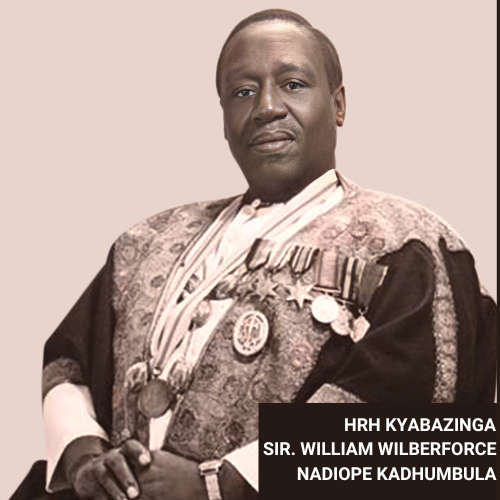
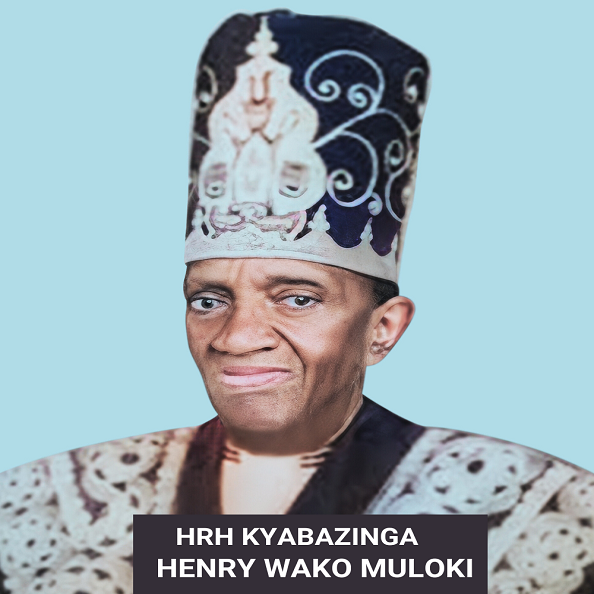
He pushed for several development projects in Busoga that included the construction of schools, like Balangira High School, which later came to be called Busoga College Mwiri, of which he was the founder. He mobilized for the construction of infrastructures like roads, hospitals, and government centres such as county and sub-county headquarters. Most notably, he mobilized the Basoga to engage in productive farming of both foods and crops. He served for two terms before His Royal Highness Henry Wako Muloki, OBE, took the helm.
Natural Disasters
Early travellers observed and noted Busoga’s potential, including the endowment of a variety and plenty of foods. It was also densely populated but between the years of 1898–99 and 1900–01, sleeping sickness, smallpox, and other plagues and natural disasters, like famine, ushered in a high degree of setbacks that heavily affected the region.
In 1906, orders were issued to evacuate the region but the epidemics continued until 1910. As a result, most of the densely populated parts of Busoga were depopulated. In 1940, a new outbreak appeared in the area. Only in 1956 did resettlement begin.

Busoga’s written history began in 1862 by an explorer called John Hanning Spek, who was sent by a United Kingdom learned professional body called the Royal Geographical Society. He was the first European to follow the course of the Nile downstream. His intuition made him consider the source of the Nile to be at Ripon Falls. He then named the falls after the president of the society that sent him to Africa.
